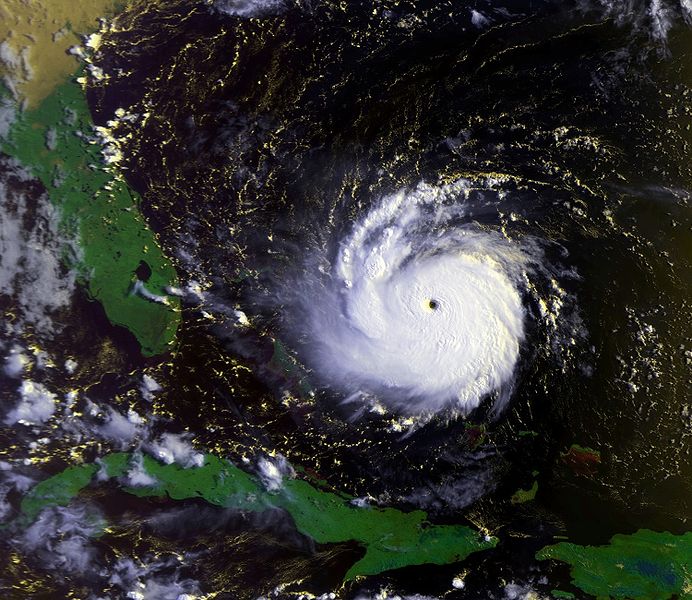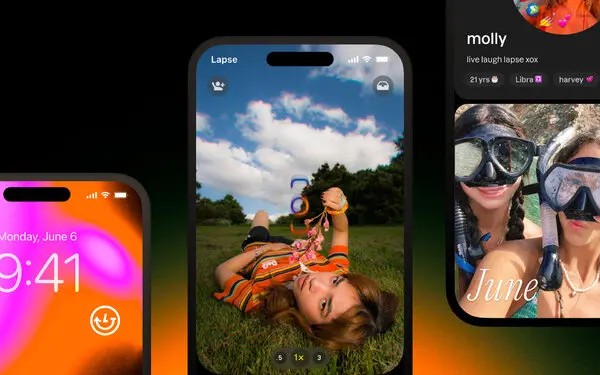The promise of virtual reality has always been about immersion—the ability to not just observe a different world, but to step inside it, to feel its textures, and to interact with it on a visceral level. Few fictional universes are as ripe for this kind of immersive translation as Robert Kirkman’s The Walking Dead. The franchise, built on a foundation of gritty survival, desperate human drama, and the ever-present threat of the undead, offers a perfect canvas for VR. It’s one thing to watch Rick Grimes navigate a horde of walkers on television; it’s another entirely to physically push a zombie away, feel the heft of a fire axe in your hands, and hear the guttural groans closing in from all sides. Over the past few years, several developers have attempted to capture this terrifying essence, resulting in a range of VR experiences that have pushed the boundaries of the medium and allowed players to truly live inside the apocalypse.
This deep dive explores the landscape of The Walking Dead in virtual reality, focusing primarily on the two most significant entries: the critically acclaimed survival-horror masterpiece The Walking Dead: Saints & Sinners and the more action-oriented, arcade-style The Walking Dead Onslaught. We will dissect their gameplay mechanics, narrative approaches, and technological achievements to understand how they each translate the dread and desperation of the source material into a compelling interactive experience. From the nuanced, physics-based combat that makes every encounter a life-or-death struggle to the moral quandaries that define the series, we will examine what makes these games not just great VR titles, but essential entries in the wider Walking Dead universe.
The Gold Standard: The Walking Dead: Saints & Sinners
When Skydance Interactive released The Walking Dead: Saints & Sinners in 2020, it wasn’t just another licensed game; it was a landmark title for the entire VR industry. It set a new benchmark for what a full-fledged, narrative-driven VR game could be, combining a rich, atmospheric world with a revolutionary physics-based interaction system. Set in the flooded, post-apocalyptic ruins of New Orleans, the game casts players as “The Tourist,” an outsider drawn into a brutal conflict between two warring factions—the authoritarian Tower and the revolutionary Reclaimed—all while searching for a legendary military stockpile known as “The Reserve.”
A World Dripping with Atmosphere
The genius of Saints & Sinners lies in its world-building. New Orleans is not just a backdrop; it’s a character in itself. The game’s hub, a dilapidated school bus in a cemetery, serves as a lonely sanctuary where you craft supplies, upgrade equipment, and plan your daily excursions. Each day, you travel via skiff to different districts of the city, each with its own unique layout, environmental hazards, and stories to uncover. The ticking clock is a core mechanic; as the day progresses, the church bells ring, drawing an ever-increasing horde of walkers into the streets. This creates a palpable sense of tension, forcing you to balance the desire for one more valuable piece of scrap with the escalating risk of being overwhelmed. The game masterfully uses sound design—the distant groan of a walker, the creak of a floorboard, the whisper of a survivor—to keep you perpetually on edge.
Unparalleled Physics-Based Combat and Interaction
Where Saints & Sinners truly revolutionizes VR gameplay is in its physics engine. Every action has weight and requires physical effort. To kill a walker, you can’t just tap a button or lightly swing your controller. You must physically plunge a knife into its skull, feeling the resistance as the blade penetrates bone. You have to put your strength behind a swing of a baseball bat to crush a walker’s head. This system, dubbed the “physicality-first” approach, transforms combat from a simple game mechanic into a desperate, exhausting struggle for survival. Reloading a revolver isn’t automatic; you must manually eject the spent casings, pull fresh rounds from your pouch, and slot them into the cylinder one by one, often while a walker is stumbling towards you. This level of interaction extends to everything: scavenging for supplies means physically opening drawers and backpacks, managing your inventory is a tangible process of placing items on your virtual body, and even consuming food requires you to bring it to your mouth. This intricate system is fundamental to the game’s profound sense of immersion and is a masterclass in software debugging on a physical interaction level, ensuring movements feel natural and intuitive rather than buggy.
Narrative Choice and Moral Ambiguity
True to the spirit of The Walking Dead, the game is as much about the living as it is about the dead. Throughout your journey, you encounter a cast of desperate survivors, each with their own motivations and requests. The game presents you with difficult moral choices that have tangible consequences. Do you help a desperate father, even if it means betraying a powerful faction? Do you spare a defeated enemy or execute them to send a message? These decisions are rarely black and white, and the game forces you to live with the outcomes, shaping your reputation and the world around you. This focus on player agency makes the story feel personal and impactful, a key element in successful application debugging of narrative flow.
The Action-Packed Alternative: The Walking Dead Onslaught
Released shortly after Saints & Sinners, The Walking Dead Onslaught, developed by the veteran VR studio Survios, offered a starkly different take on the apocalypse. Where Saints & Sinners is a slow-burn, methodical survival simulator, Onslaught is a fast-paced, arcade-style action game that puts you in the shoes of iconic characters from the AMC television series. The game’s narrative is framed as a flashback, with Daryl Dixon recounting a supply run that went wrong, allowing players to experience the events firsthand.
Playing as TV Show Legends
The primary draw of Onslaught is the opportunity to play as fan-favorite characters like Daryl, Rick, Michonne, and Carol. You get to wield their signature weapons—Daryl’s crossbow, Rick’s Colt Python, Michonne’s katana—and fight alongside them. This direct connection to the show provides a powerful dose of fan service. The gameplay loop is straightforward: you venture out on linear “scavenger runs” to gather supplies, which are then used to rebuild the settlement of Alexandria. The core mechanic is mowing down massive hordes of walkers, emphasizing empowerment over the vulnerability felt in Saints & Sinners.
Contrasting Gameplay and Reception
The combat in Onslaught is less physically demanding and more focused on speed and efficiency. While you can dismember walkers and perform headshots, the system lacks the nuanced, physics-based depth of its contemporary. Weapons don’t have the same sense of weight, and interactions feel more “gamey.” The ever-encroaching “walker horde” acts as a timer, pushing you forward through the level, which limits exploration and strategic planning. While the game successfully delivers on its promise of high-octane zombie-slaying action, it was met with a more mixed reception from critics and players. Many found its gameplay loop repetitive and its systems shallow compared to the deep, emergent gameplay of Saints & Sinners. It serves as an interesting case study in web development tools for VR, highlighting how different design philosophies can lead to vastly different user experiences within the same IP.
The Technology of Terror: Why VR is the Perfect Medium
The success of The Walking Dead in VR hinges on the unique capabilities of the technology itself. The concept of “presence”—the psychological sensation of truly being in a virtual space—is what elevates the experience from scary to genuinely terrifying. This is achieved through a combination of factors that traditional gaming cannot replicate.
- One-to-One Interaction: Motion controllers allow for a direct, physical connection to the game world. Physically aiming down the sights of a rifle, swinging an axe, or pushing a walker away with your hands creates a level of immersion that is impossible with a controller or mouse and keyboard. This is a form of frontend debugging in real-time, as the player’s physical actions must translate perfectly to the virtual world to maintain immersion.
- Spatial Audio: Advanced 3D audio is critical. In VR, hearing a walker’s groan behind you isn’t just a sound cue; it’s a spatial warning that triggers a primal fight-or-flight response. You instinctively turn your head to locate the source of the threat, making the world feel reactive and alive.
- Personal Space Invasion: Walkers in VR don’t just appear on a screen; they invade your personal space. The feeling of a zombie getting right up in your face, forcing you to physically back away, is an intensely uncomfortable and effective horror mechanic. It’s a core loop that requires extensive testing and debugging to ensure walker AI is threatening but not unfairly frustrating.
Best Practices for Surviving the VR Apocalypse
For those brave enough to don a headset and step into this world, a few key strategies can mean the difference between life and death. These debugging tips apply primarily to the deep systems of Saints & Sinners.
- Sound is Your Best Friend: Always listen. The game provides constant audio cues about walker locations and the presence of human enemies. Wear good headphones and pay attention.
- Manage Your Stamina: Every heavy swing, sprint, and climb drains your stamina. A depleted stamina bar means you can’t fight effectively or escape. Always keep an eye on your meter and have food or other consumables ready to restore it. This is a form of personal performance monitoring.
- Crafting is Key: Don’t neglect your crafting tables. Upgrading your weapons and gear is essential for tackling tougher enemies and surviving longer excursions. Always be scavenging for key components.
- Know When to Retreat: Sometimes, the best strategy is to run. If you’re low on health, out of ammo, or facing an overwhelming number of walkers, don’t be a hero. Live to scavenge another day. Understanding your limits is crucial.
Conclusion: The Definitive Way to Experience The Walking Dead
Virtual reality has provided a powerful new dimension to The Walking Dead universe, transforming it from a passive viewing experience into an active, heart-pounding struggle for survival. While titles like Onslaught offer fun, arcade-style action for fans of the show, it is The Walking Dead: Saints & Sinners and its sequel that truly realize the franchise’s potential in VR. With its deep, physics-based mechanics, oppressive atmosphere, and meaningful narrative choices, it stands as not only the best Walking Dead game ever made but also as one of the most essential and immersive virtual reality experiences available today. It proves that when done right, VR can offer a level of presence and visceral engagement that no other medium can match, allowing us to not just watch the apocalypse, but to truly live it.














